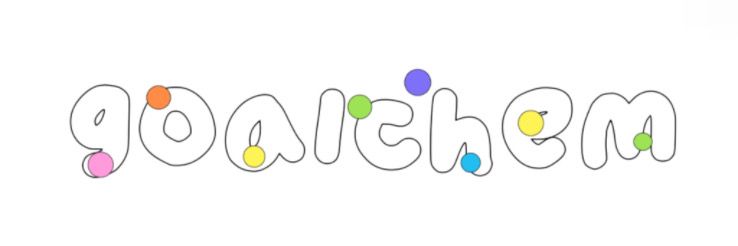What Challenges Do Users Face with 1-Pyrenecarboxaldehyde 3029-19-4?
1-Pyrenecarboxaldehyde, with the CAS number 3029-19-4, is a unique organic compound widely utilized in various research and industrial applications, especially in the field of organic synthesis and material science. This chemical stands out for its versatile functionality, yet users often encounter a series of challenges when working with it.
For more information, please visit 1-Pyrenecarboxaldehyde 3029-19-4.
The primary function of 1-Pyrenecarboxaldehyde is its role as a building block in the synthesis of other complex molecules. Its structure allows for significant chemical reactivity, making it suitable for use in the development of fluorescent dyes, OLEDs (organic light-emitting diodes), and other advanced materials. Additionally, it's employed in the creation of various pharmaceuticals and agrochemicals. This functionality is a major draw for chemists and researchers, but it can also lead to complications in handling and application.
Despite its advantages, working with 1-Pyrenecarboxaldehyde presents certain drawbacks. One common challenge is its potential toxicity and the safety precautions that must be in place during handling. Users often find that standard safety measures are insufficient, necessitating more rigorous protocols. Furthermore, this compound can be challenging to source, leading to variability in quality and purity depending on suppliers. These factors can affect research outcomes and material properties in end applications.
In terms of real-world experiences, many professionals in laboratories have noted that while 1-Pyrenecarboxaldehyde can yield promising results in experiments, maintaining consistent results can be difficult. Users have expressed concerns regarding batch-to-batch variability, which can significantly impact the reproducibility of experiments. This lack of consistency can frustrate researchers aiming for precise and reliable outcomes in their studies.
When considering the price of 1-Pyrenecarboxaldehyde, it typically ranges from moderate to high, depending on the vendor and purity level. Although the initial investment may be higher compared to other simpler organic compounds, the potential applications and the quality of results it can produce often justify the cost, especially in specialized fields. However, users should carefully evaluate their specific needs and budget constraints, as the price may not be favorable for all applications or research projects.
In conclusion, while 1-Pyrenecarboxaldehyde 3029-19-4 offers significant advantages in terms of its utility in advanced material science and chemical synthesis, users must navigate challenges related to safety, sourcing, and consistency. Understanding these factors is essential for anyone considering utilizing this compound in their work. The importance of selecting a reliable supplier and implementing stringent safety practices cannot be overstated, as these elements are crucial for achieving successful outcomes in both research and industrial applications.
Contact us to discuss your requirements of 400607-04-7. Our experienced sales team can help you identify the options that best suit your needs.
- Previous: None
- Next: Top 7 China Suppliers for 1-Pyrenecarboxaldehyde You Should Know

